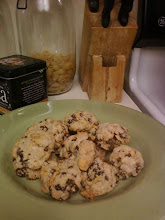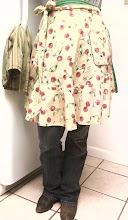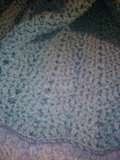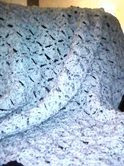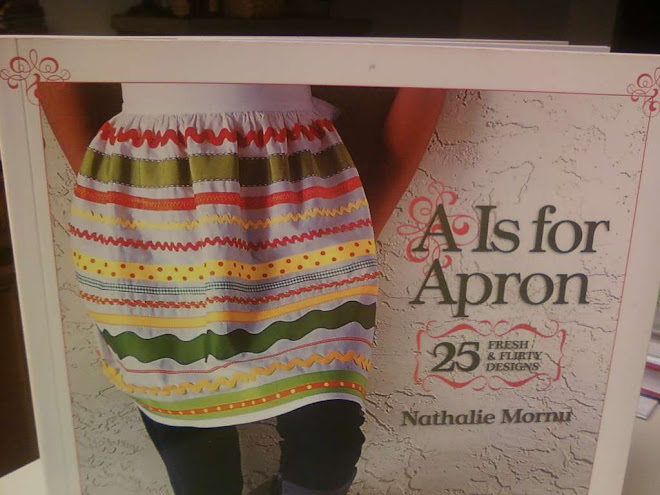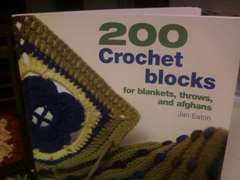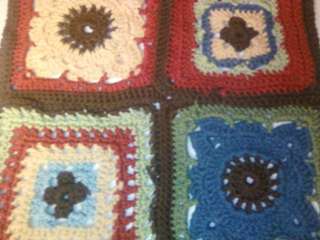Happy with the success of my blue dress, I really wanted to try my hand at making a wrap version. Scouring the pattern catalogs I fell in love with Vogue 8784. I adore the 1960's vintange look of a fitted top and full skirt. So off to work I went.
 |
| Vogue 8784 |

....imagine my horror cutting out the pieces to find that the front bodice piece looked like some kind of stealth aircraft. How was I going to make adjusting THAT work?!
But I had already bought my fabric - lovely raw silk from The Common Thread and had my heart set on finishing the project. So, I did some internet research and Pattern Review had 2 reviewers comments. The second of which described her fitting challenges in getting the top/bust area to fit and taking 2 muslin drafts to accomplish the right fit.
At first I threw a fit about how much time and effort this was going to take. And then I thought - just deal with it! When I think about what I love most about sewing, it is the hum of the machine, the feel of the fabric moving through my hands and the peaceful, satisfaction of working on a project. So then did it really matter WHAT I was sewing? Nope - so I set to work.
It took a full Saturday to make all the adjustments and cut out the first muslin.
 I included the bodice and down to my hips just to make sure the pattern curves fell correctly. While the first fit was close enough, I saw wrinkles across the upper back and decided to tweak things a bit more by making a second (because getting the right fit means the difference between regret and wearing). I'm so glad I did!
I included the bodice and down to my hips just to make sure the pattern curves fell correctly. While the first fit was close enough, I saw wrinkles across the upper back and decided to tweak things a bit more by making a second (because getting the right fit means the difference between regret and wearing). I'm so glad I did!The completed project took several weeks to fininsh. I'm (mostly) happy with the way it turned out. However, just like cooking and baking - it's important to use the ingredients called for. And I cheated by using my left over muslin fabric for lining instead of spending the extra money to buy thing. So my dress feels like it weights about 5 pounds! But hey - I'm still learning. This was a great challenge in expanding my skills and I learned another valueable lesson in follwing directions.






